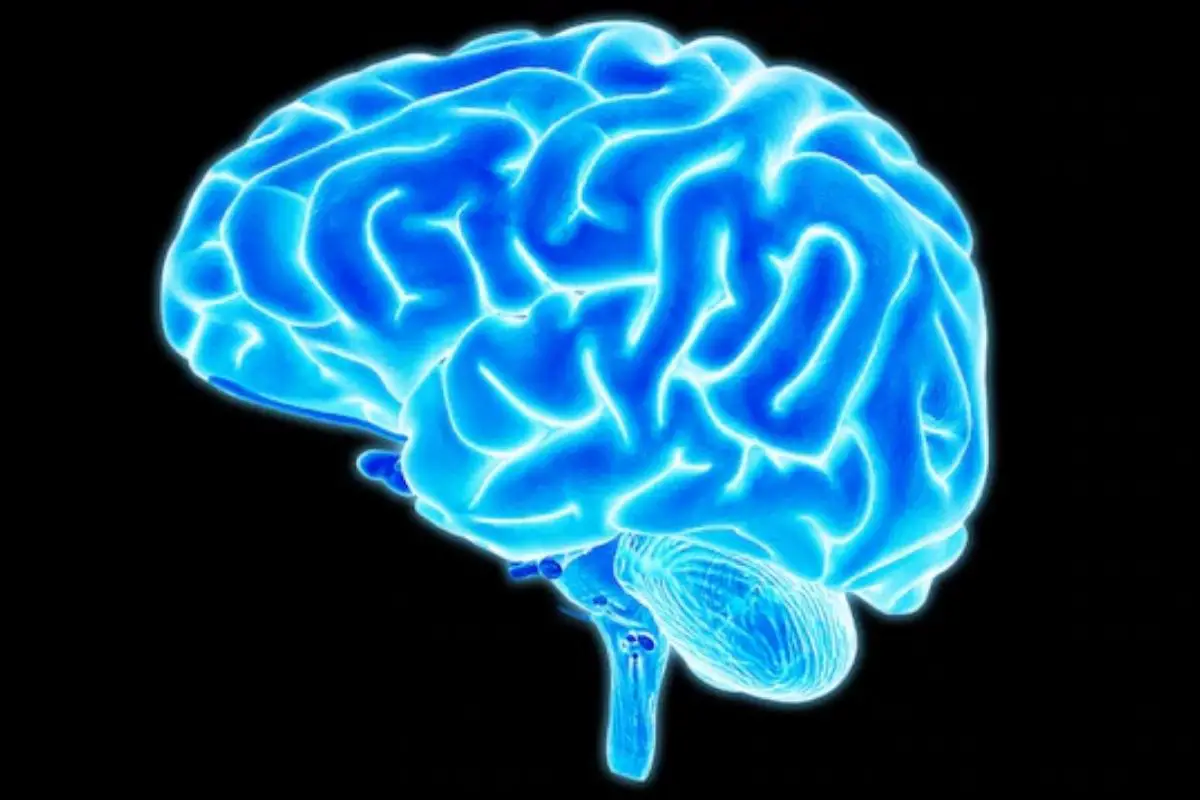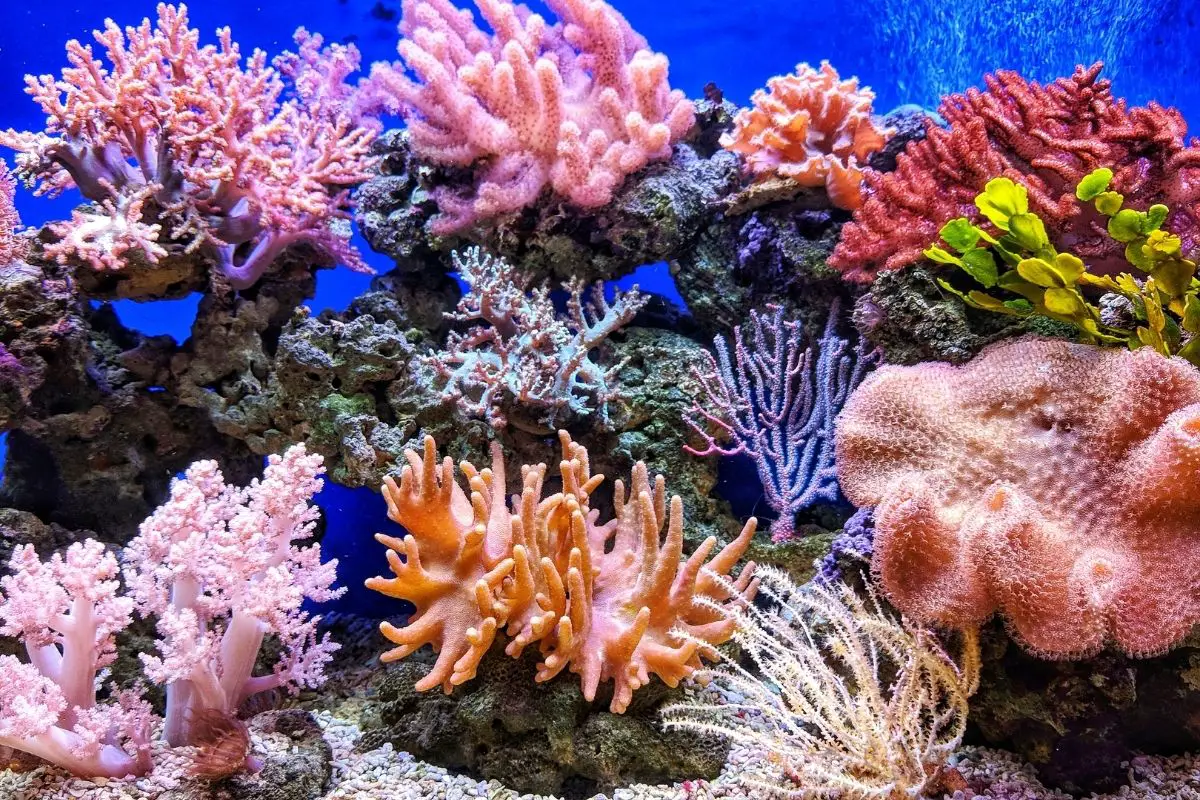
A brain is essential for the survival of most living creatures, including humans and other animals. However, when it comes to animals, the matter is a little bit more complicated. There are some animals that do not have brains.
To most people, this is a puzzling statement, because how can such animals survive without a brain of their own? Today, we’ll answer these and other questions as we explore the world of land animals without brains.
What exactly is the brain?
A brain is essentially what is formed when a huge number of nerve cells known as neurons come together to create a big cluster. These neurons, when they act in concert, regulate the physiological activities of the animal. So, how can any animal live if it does not have a brain?
Consider the sorts of organisms that may exist without the need for a brain. They are rather basic creatures when compared to a human being or other animals with whom you may be more acquainted. In order to sense things like food and threats or danger, most of these organisms rely on the most primitive biological mechanisms.
These are the animals That Don’t Have a Brain
Most animals that do not have a brain are sea animals. But, is there any land animal that doesn’t have a brain? Yes, but there are very few land animals that do not have a brain. Although scientists are still hard at work learning about animals that have a brain and those that don’t, we can confirm that the following species belong to the latter group:
Leeches
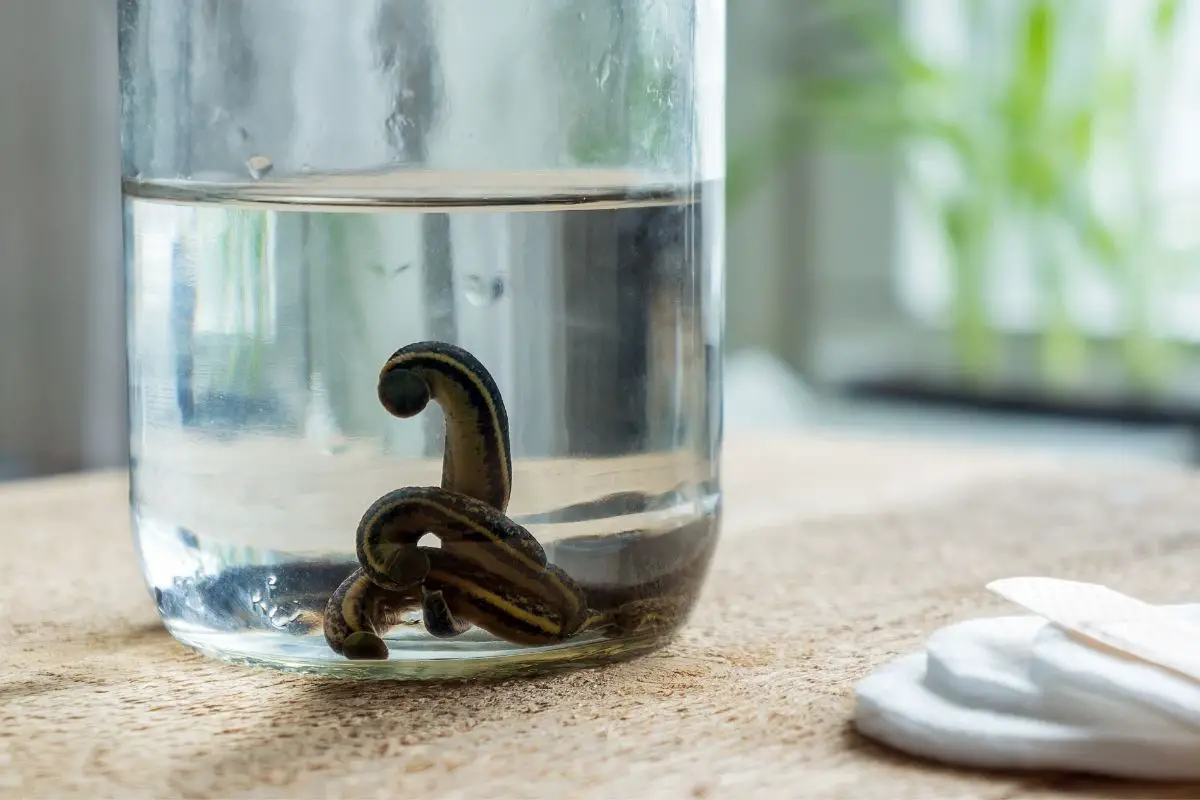
Leeches (Hirudinea) are capable of surviving in a variety of settings, including marine, terrestrial, as well as groundwater. Leeches are distinguished by having an extended body that is slightly fat and viscous. Several kinds of leeches are predatory creatures, and some of these species can feed on human blood.
Even though leeches do not have brains, they do have neural networks that are scattered throughout their bodies, mostly as a result of tiny nodes as well as sensory organs.
Earthworms
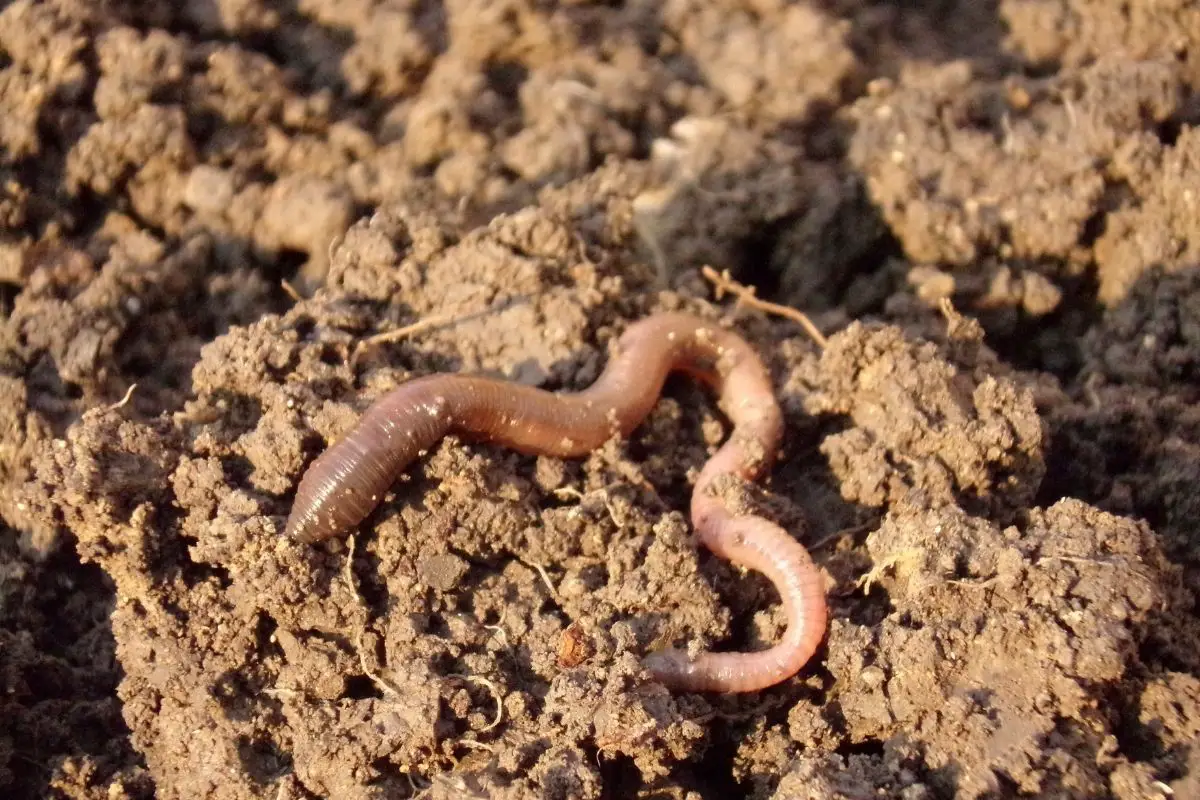
Earthworms (members of the Lumbricidae species) are among the most common terrestrial creatures that do not have a brain. Environments with high humidity are preferable for earthworms to dwell in. Not only do they lack a brain, but they only have a mouth, an anus, as well as a set of muscles throughout their bodies.
Earthworms also have a vascular system that is controlled by a main valve that serves as a substitute for the heart in humans. However, the one redeeming quality of earthworms is the fact that they do have a number of lymph nodes, which is a sign of a healthy neural system.
Other Animals Without a Brain
As previously stated, most animals that do not have a brain are sea animals. Some of these include:
Sea Sponge
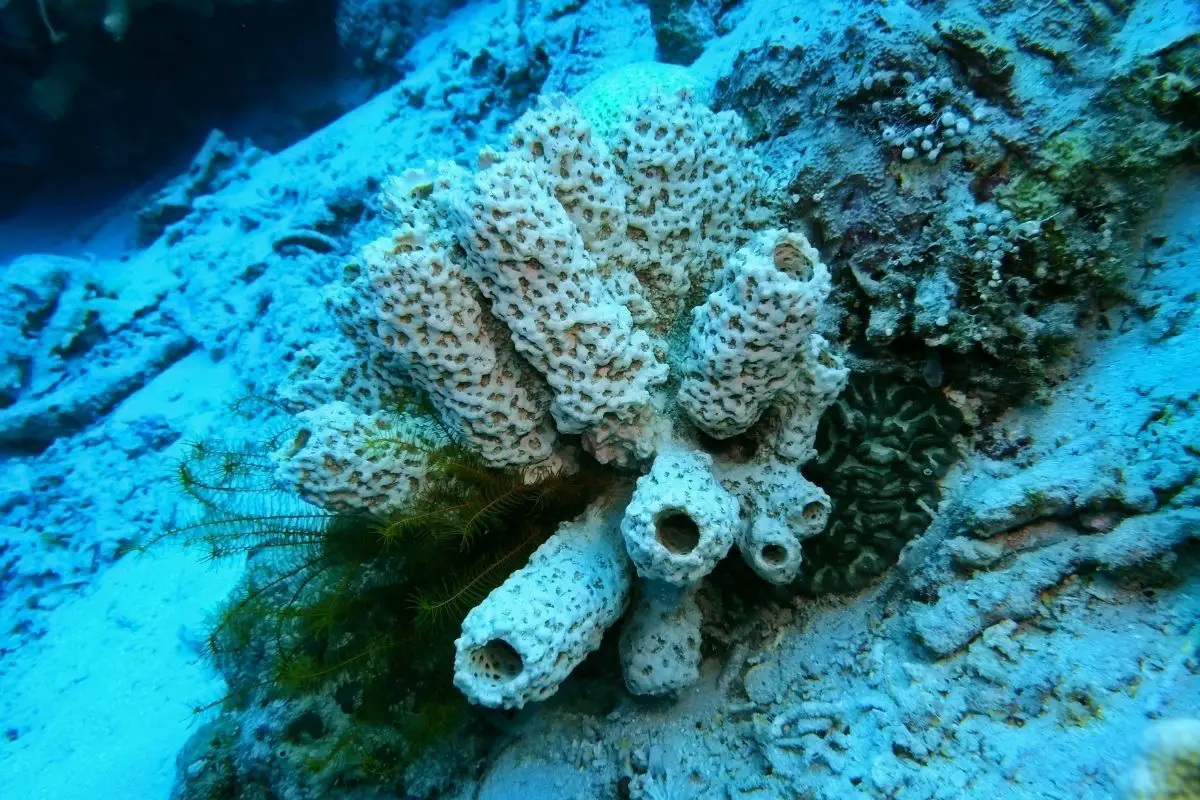
The sea sponge is one of the most basic organisms on the planet, and it maintains a rather static position. It’s the water that propels them about and gives them the appearance of being in a state of dance. Their life is dependent on their ability to filter the trash from the water.
They are devoid of any brains, organs, neurons, or connective tissue. The sea sponge and humans have a genetic component that looks similar to synapses, which is one thing that is common in both humans and sea sponges.
Another interesting piece of information about this species is that when a foreign substance enters their system, the animal pulls in water and afterward squirts it out with a loud sneeze to expel it. Scientific findings also show that the animal is aware of its surrounding habitat, regardless of the lack of a brain and it can defend itself by expelling harmful chemicals or by taking on a rubbery texture.
Jellyfish
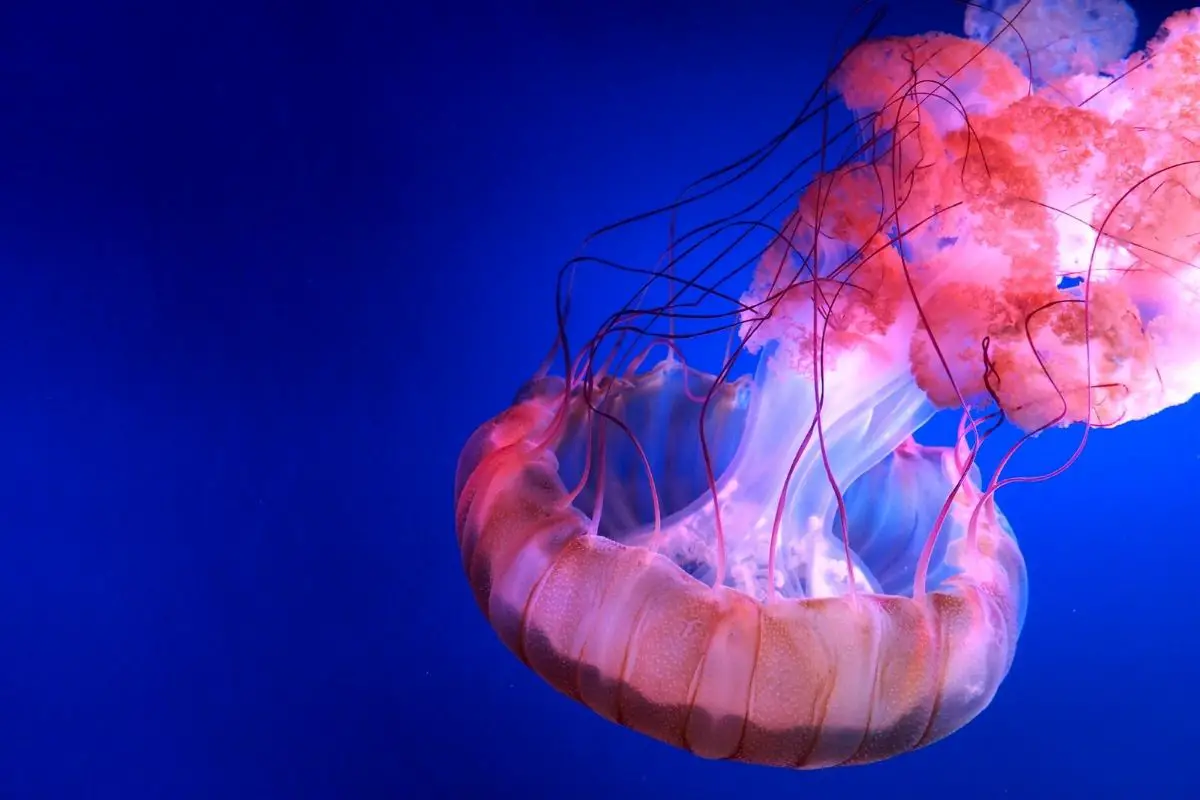
This is another one of the few creatures that can live without a brain. It can also propel itself forward by squirting water out of its mouth as a propulsion mechanism and, because it doesn’t have a brain, the jellyfish possesses a sensory nerve network that is unlike any other creature on the planet. When anything comes into contact with its tentacles, it promptly responds by sending out its sting, which contains a poison that may kill or at the very least neutralize an adversary.
Corals
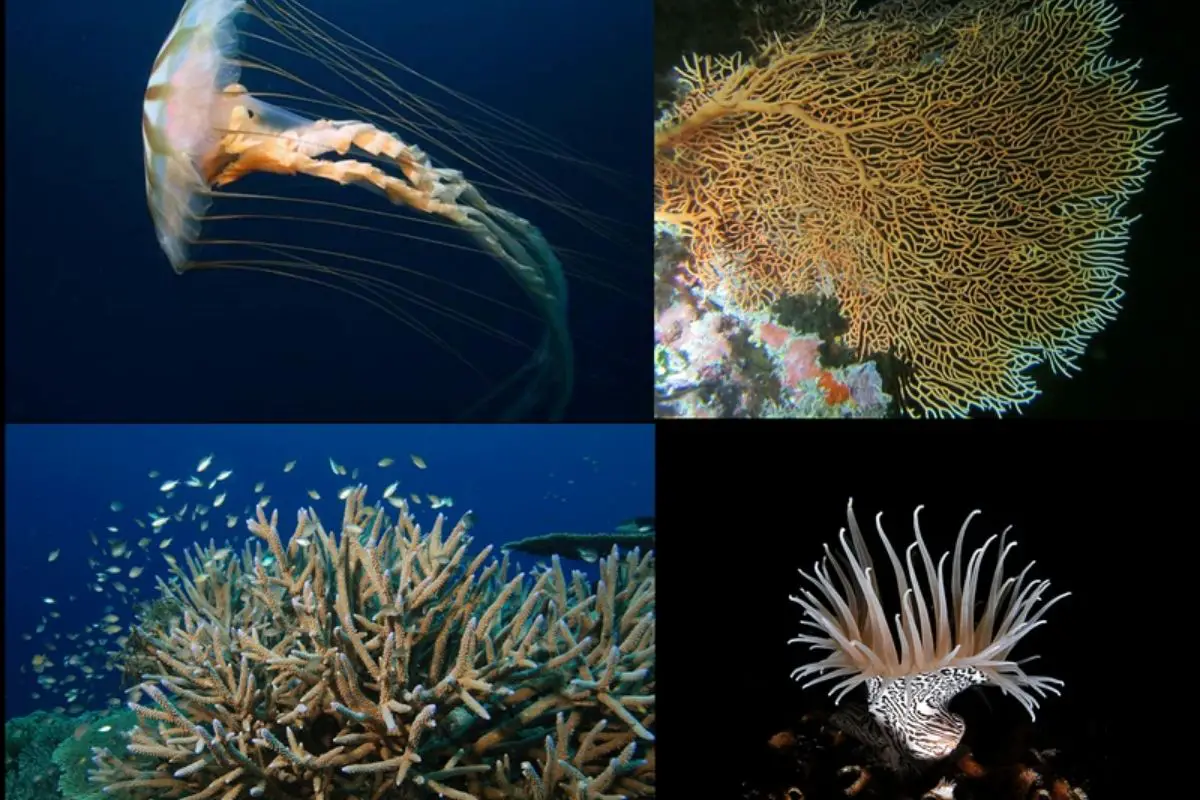
Corals are similar to jellyfish and also are members of the “Cnidarians” species, which includes a variety of other sea creatures. Because they don’t have a brain, they are incredibly basic creatures. Corals are made up of coral polyps, which are microscopic invertebrates that are seen in large numbers on coral reefs.
Man-O-Wars
This is a wobbly-like animal that does not have a brain at all. As such, it is unable to experience any emotions and is incapable of retaining memories.
Fun fact! Man-o-wars are really a zooid colony of polyps, which are also known as zooids. The population cannot thrive on its own since it is linked together by tissue.
Conclusion
A brain is a defensive mechanism that both humans and animals rely on to live. There are certain animal species, though, that do not have a brain. The absence of a brain does not imply that these creatures are incapable of surviving in their natural environment; on the contrary, such species are capable of thriving in their environment and as you can see, they’re doing quite well.




